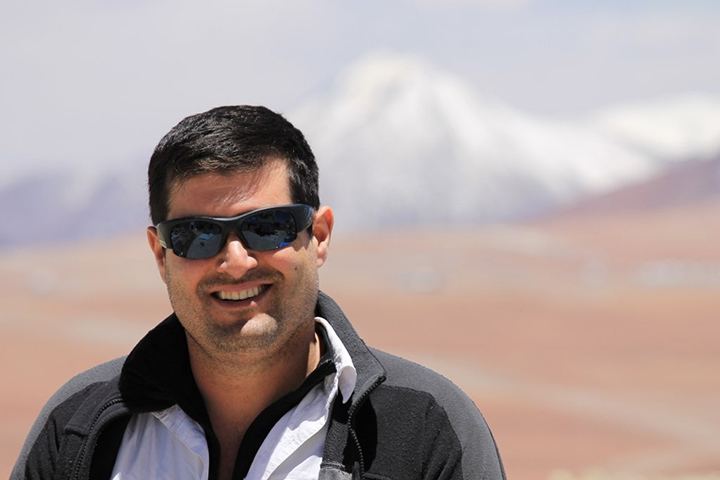 | ||
Crimewatch how they caught brian keating s killers
Brian Keating is a professor of physics at the Center for Astrophysics & Space Sciences (CASS) in the Department of Physics at the University of California, San Diego. He is a public speaker, inventor, and an expert in the study of the universe’s oldest light, the cosmic microwave background (CMB), using it to learn about the origin and evolution of the universe. Keating is a pioneer in the search for the earliest physical evidence of the inflationary epoch, the theorized period of expansion of space in the early universe directly after the Big Bang. Physicists predict that this evidence will reveal itself as a particular pattern in the way CMB light is polarized; this pattern is referred to as a B-mode pattern.
Contents
- Crimewatch how they caught brian keating s killers
- Brian keating celebrated wildlife expert and anthropology professor
- Current Cosmology Projects
- Project Achievements
- Education
- Awards and Honors
- Memberships
- Patents
- Publications
- References
Brian keating celebrated wildlife expert and anthropology professor
Current Cosmology Projects
Keating co-leads two international experiments searching for B-modes. One is called POLARBEAR and the other is an expansion of the POLARBEAR project now underway called the Simons Array. Both are situated in northern Chile.
In a Times of San Diego news story in June 2015, Keating said: “The Simons Array represents the boldest, most ambitious and most sensitive instrument ever designed to fully mine the cosmic microwave background of its secrets. With the Simons Array, we have a chance to glimpse the universe in its infancy.”
On May 12, 2016, Keating was named Director of the Simons Observatory, a $45 million Cosmic Microwave Background experiment co-located near the POLARBEAR/Simons Array and ACT telescopes in northern Chile.
Keating is also a member of the BICEP2 collaboration at the South Pole also searching for B-modes; and he conceived the first B-mode observing campaign in history, called BICEP (Background Imaging of Extragalactic Polarization), back in 2001.
Project Achievements
On Oct. 21, 2014, Science Daily reported the POLARBEAR collaboration’s announcement of the first detection of a B-mode “produced by gravitational lensing in the polarization of the cosmic microwave background radiation.” This type of B-mode, distinct from B-modes generated by gravitational waves during inflation, is generated as CMB light “passes through the gravitational fields of massive objects, such as clusters of galaxies.” Mapping these B-modes, therefore, allows physicists to map large-scale structure across the universe and through cosmic time.
The paper by the POLARBEAR team was published in The Astrophysical Journal in October 2014, but the team submitted it one week before the BICEP2 collaboration announced on March 17, 2014 that it had detected B modes generated during inflation. Scientists later determined that the BICEP2 team could not rule out the possibility that the B-modes it detected originated from dust within the Milky Way galaxy – and not from inflation.
In January 2015, Keating commented on the BICEP2 episode in the San Diego Union-Tribune: “The mistake is one of interpretation,” he said. “The telescope did capture a clear signal. It might be dust from the Milky Way or from gravitational waves lurking beneath the dust signal. But we have determined that the signal isn’t totally from when we believe the universe began to expand.”
In the spring of 2016, Keating and his colleagues were continuing to search for the predicted B-mode signals generated by inflation with the Simons Observatory http://simonsobservatory.org.
Education
Keating obtained his B.S. from Case Western Reserve University in 1993, his M.S. from Brown University in 1995, and his Ph.D. from Brown University in 2000.
Awards and Honors
Elected Fellow of the American Physical Society (APS) in 2016
Second Prize, 2014 Buchalter Cosmology Prize
Presidential Early Career Award for Scientists and Engineers (PECASE), 2007
First Prize, 2005 Worldwide Young Scholars competition
Memberships
Astronomy and Astrophysics Advisory Committee (AAAC) Member 2016-2019
American Physical Society (APS), Lifetime member
International Astronomical Union (IAU), member
American Astronomical Society, member
American Association for the Advancement of Science (AAAS), member
Patents
Stephanie Moyerman and Brian Keating, US Patent 9,425,377, "Tunnel junction fabrication"
Brian Keating and Andrew Lange, US Patent 7,501,909, "Wide-bandwidth polarization modulator for microwave and mm-wavelengths "
Publications
Google Scholar
INSPIRE
